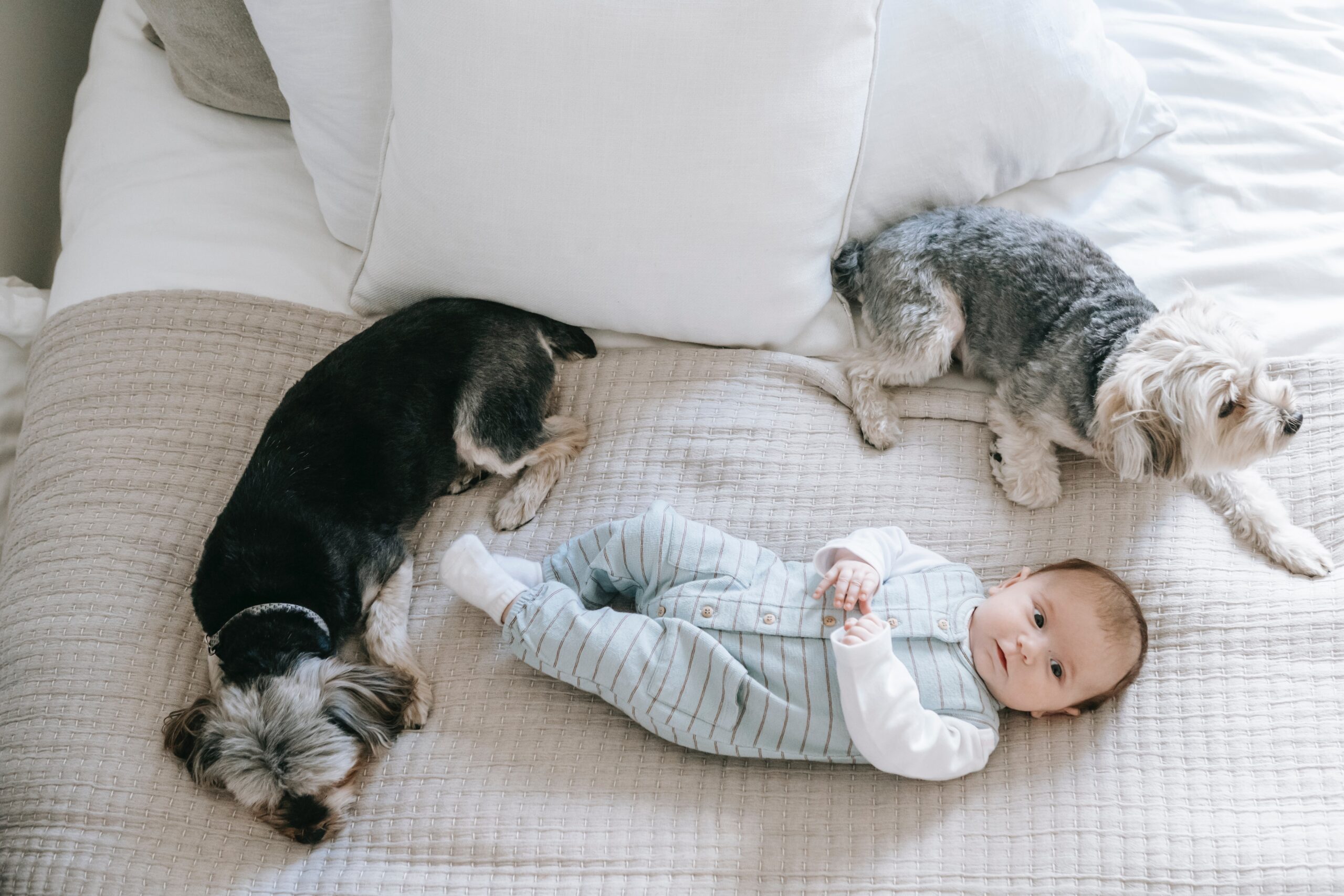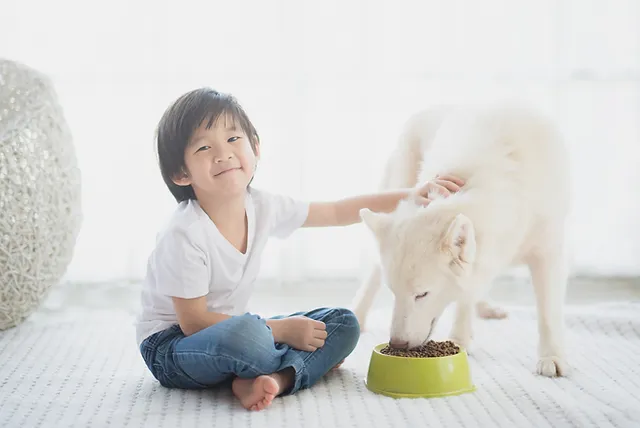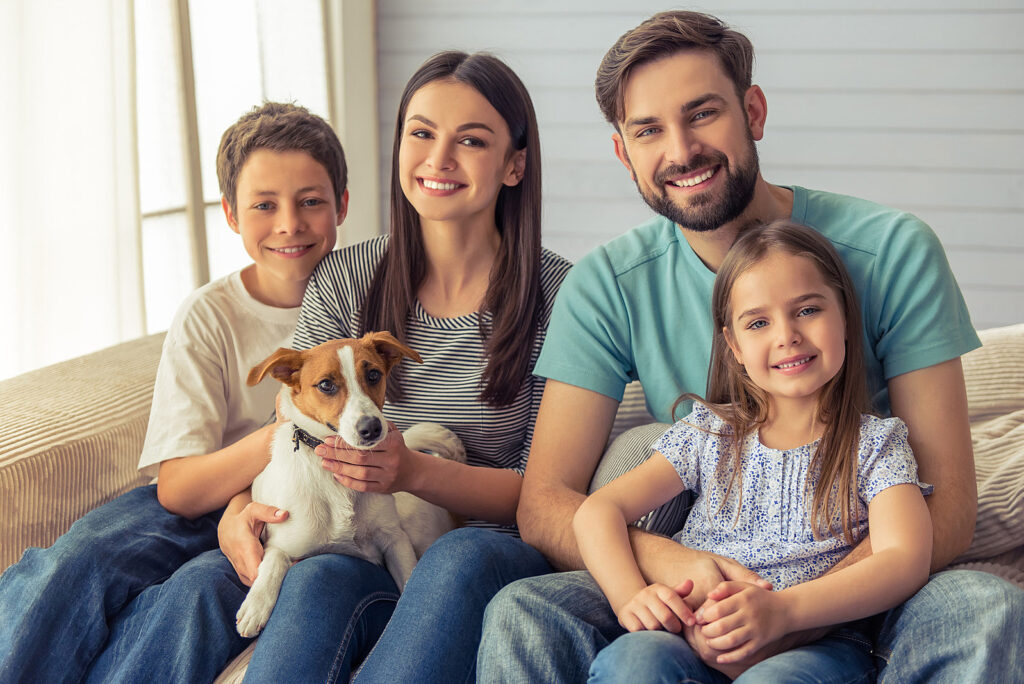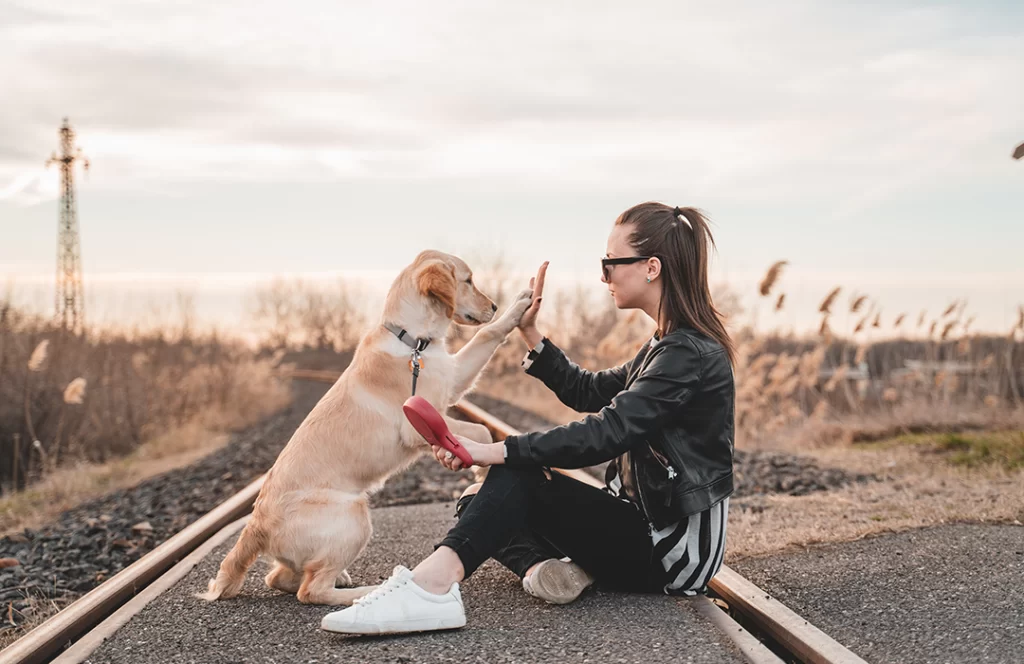Using pets to teach children responsibility
Advantages for Physical and Mental Health
According to scientific research, a toddler’s immune system can be strengthened by having a dog in the family. When young children are exposed to various infections, they create antibodies to ward them off, boosting their immune systems.
Dogs can also boost children’s self-esteem. According to studies, children gain more self-confidence from dogs’ uncritical ears and unconditional love. Dogs can even help readers become better readers; kids who read to their dogs are encouraged by the canines’ rapt attention and wagging tail.

Initial Instructions for Accountability
Children can learn about responsibility from the family dog. Children can learn the value of responsibility and consistency through the daily feeding, exercise, grooming, and attention that all dogs demand (and deserve). They can also develop an awareness of the benefits of responsible pet ownership.
Set reasonable, age-appropriate expectations before allowing your youngster to assist with daily dog care. Children younger than age five should not be responsible for executing pet-related tasks independently, although they can “help” with feeding time and other chores and learn by observing. Once you wash the dog’s dish, your child can assist in drying it or brush the dog by putting her hands over yours. Apply this practice to the dog’s toys when you ask her to put her toys away at the end of the day.
Set an example
Even the most responsible youngster can make mistakes; therefore, it is the adult’s responsibility to see to it that the dog is properly cared for. These instances may also be instructive. After asking the youngster why they didn’t walk or feed the dog, urge them to consider how that might have impacted the animal. Together, develop a strategy for improving the situation in the future.

Their Duties Are Growing
With adult supervision, children can take on more active roles as they get older. Kids 10 and older should remember pet mealtimes and serve the dog’s food properly, keep the water bowl full, pick up yard trash, and learn proper leash handling as good tasks.
Unless you’re sure your child can handle a task alone, keep an eye on her. Your youngster will joyfully accept dog-walking responsibilities if you treat them as a pleasure rather than a task.
Children will benefit greatly from the lessons they can learn from dogs. Kids will learn sympathy, respect, trust, and ultimately, loss. Yet, you shouldn’t consider buying a dog to teach your kids a lesson. A dog shouldn’t be used as a teaching tool but to enhance the family. You should bring a dog into your home to care for him and provide him with all he needs to live a happy, secure life as a valued family member. The rest is merely a perk.


